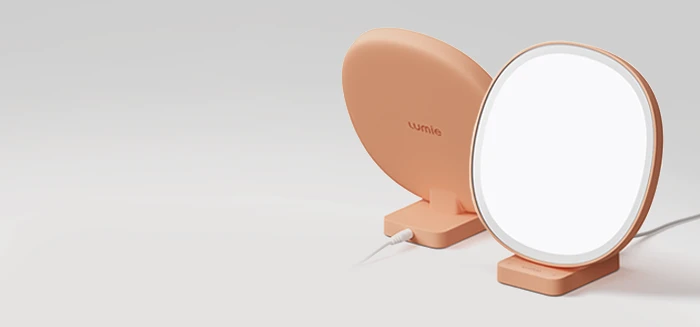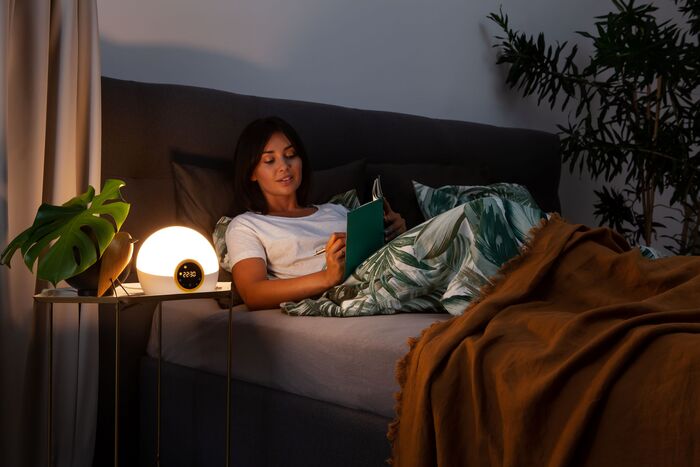How Can Practising Gratitude Impact Mental Health?

As well as having a formal day to promote thankfulness, the popular practice of daily gratitude has been shown to lead to increased levels of happiness. To discuss the positive effects of the practice, we spoke with Self-Worth Coach, Sophie Dear.
After experiencing burnout twice, Sophie came to the realisation that she wanted and needed to work on herself on a deeper level. Looking at co-dependency, boundaries and people-pleasing, as well as her relationships, she started to gain a clearer understanding into the causes of her anxiety and insomnia. Sophie realised that she had the ability to change her mindset and beliefs and since then, every aspect of her life has been transformed.
Let's hear what Sophie shared with us!
Gratitude can so often be seen as a tick-the-box exercise when it comes to self-growth but this practice can be ineffective if not done in the right way. It needs to be an embodied practice in order for it to have a real impact in rewiring our brains and nervous system. Practising gratitude in a practical sense is about taking time to really feel into what and who you are grateful for and then allowing the feelings associated with that gratitude to be felt in the body.
Practising gratitude can be in the form of writing in your journal or closing your eyes and visualising the gratitude as you speak it through in your mind. I think the most effective times to practise this are first thing in the morning or as you are drifting off to sleep. First thing in the morning allows you to start your day off in a more conscious and connected way. Last thing at night, just before you drift off to sleep, you are in the hypnagogic state, a time in which you are able to access and shape your subconscious mind. 95% of our thoughts, feelings and behaviours are subconscious so practising gratitude in the hypnagogic state can have a powerful effect on the mind.
Gratitude has been shown to help you gain perspective and release stress. It shifts focus towards the good in our lives and towards what we appreciate, improving our relationship with ourselves and others. It helps us to reframe difficult experiences and provides resilience to trauma. Gratitude is a practice that has been deeply researched and can have similar mental health benefits as going to the gym and doing a HIIT workout.
Start to take it seriously! Attach your gratitude practice to a habit you already do every day - when you make your coffee in the morning, or after you brush your teeth - then you are more likely to remember to do it. It can also be helpful to know that some of the most successful people in the world have a regular gratitude practice! Brené Brown looked at the relationship between joy and gratitude - 12 years of research, 11,000 pieces of data - the most joyful people were those with a regular gratitude practice.
Starting or ending the day with analogue activities such as the practice of gratitude and writing in a journal (either a regular notebook or one with prompts, like this one from Papier!) can have a hugely positive effect. This could be coupled with light therapy to provide a further boost to your mood and energy levels. Just as sunlight naturally leads to improved mood, topping up with extra bright light during the winter months, or when spending long periods indoors, has been shown to lead to higher levels of positivity and make you feel more alert. SAD lamps such as Lumie Vitamin L and Lumie Halo do just that. Devices such as Lumie Bodyclock sleep and wake-up lights also have the power to drive better mood, energy and productivity levels by improving the quality of sleep and awakening through the regulation and resetting of your circadian rhythm.







